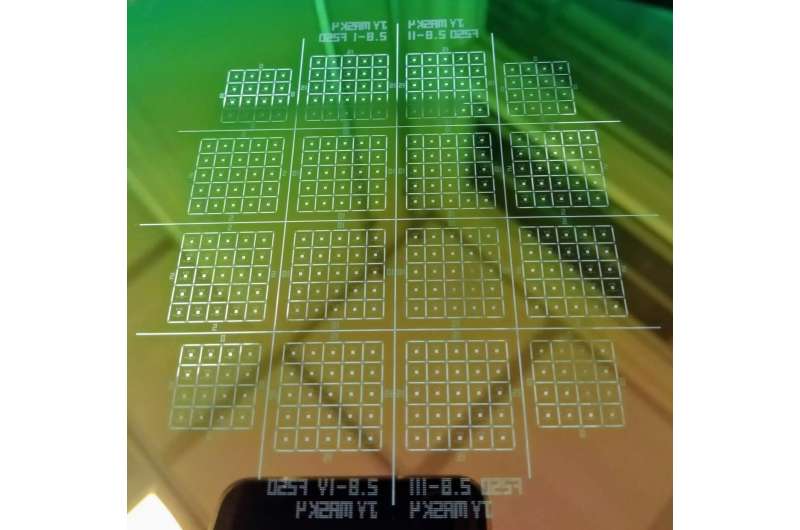At the simplest of levels, nanopores are
(nanometre-sized) holes in an insulating membrane. The hole allows
ions to pass through the membrane when a voltage is applied,
resulting in a measurable current. When a molecule passes through a
nanopore it causes a change in the current, this can be used to
characterize and even identify individual molecules. Nanopores are
extremely powerful single-molecule biosensing devices and can be
used to detect and sequence DNA, RNA, and even
proteins. Recently, it has been used in the SARS-CoV-2 virus
sequencing.



